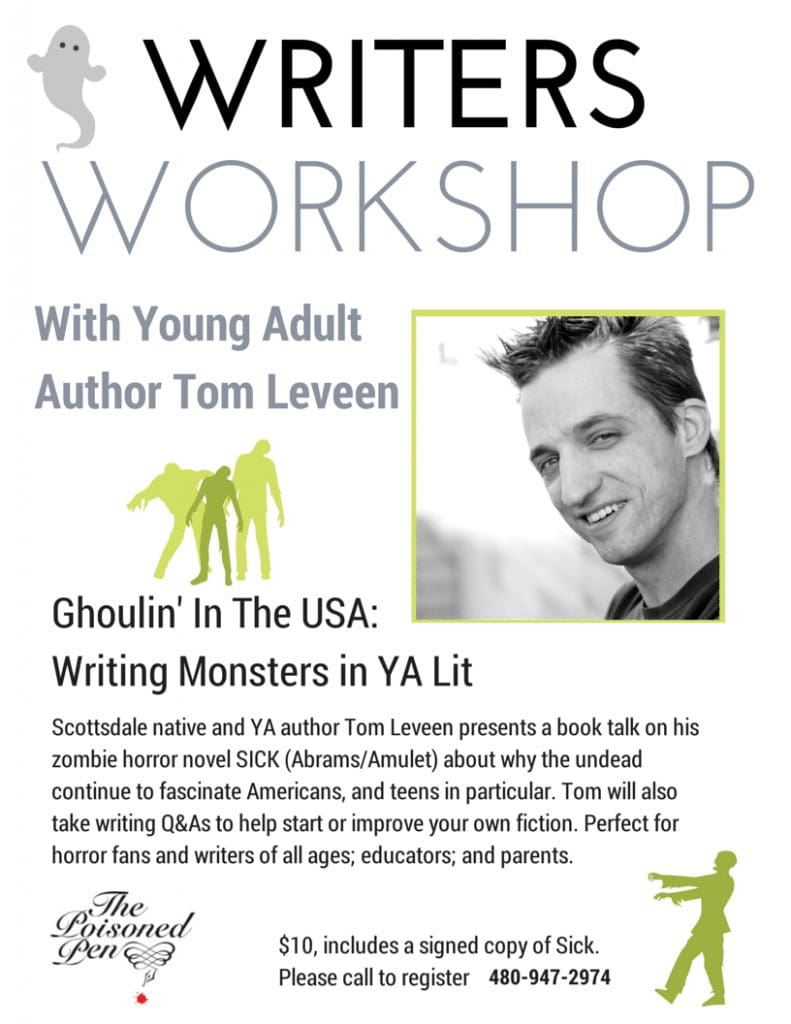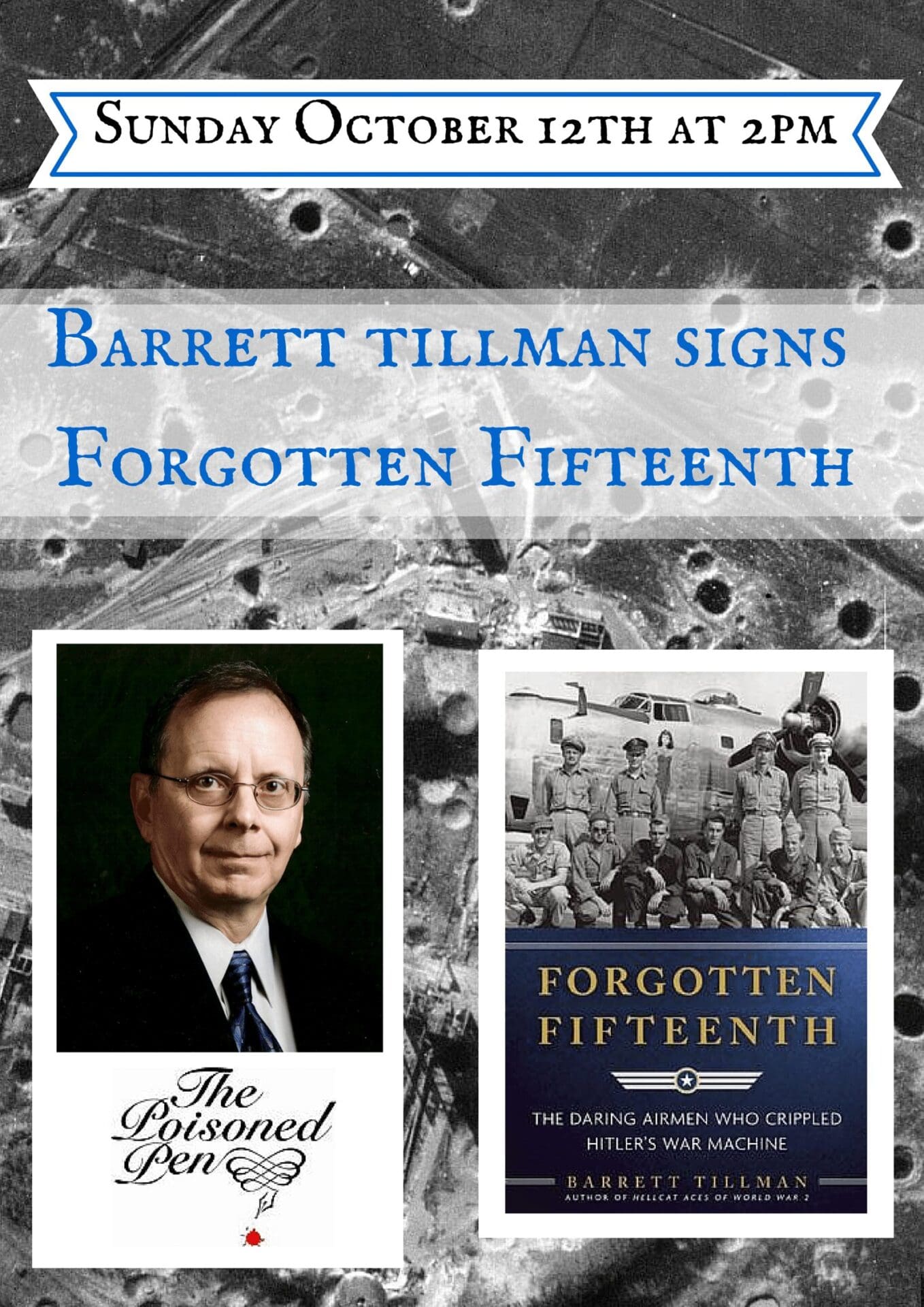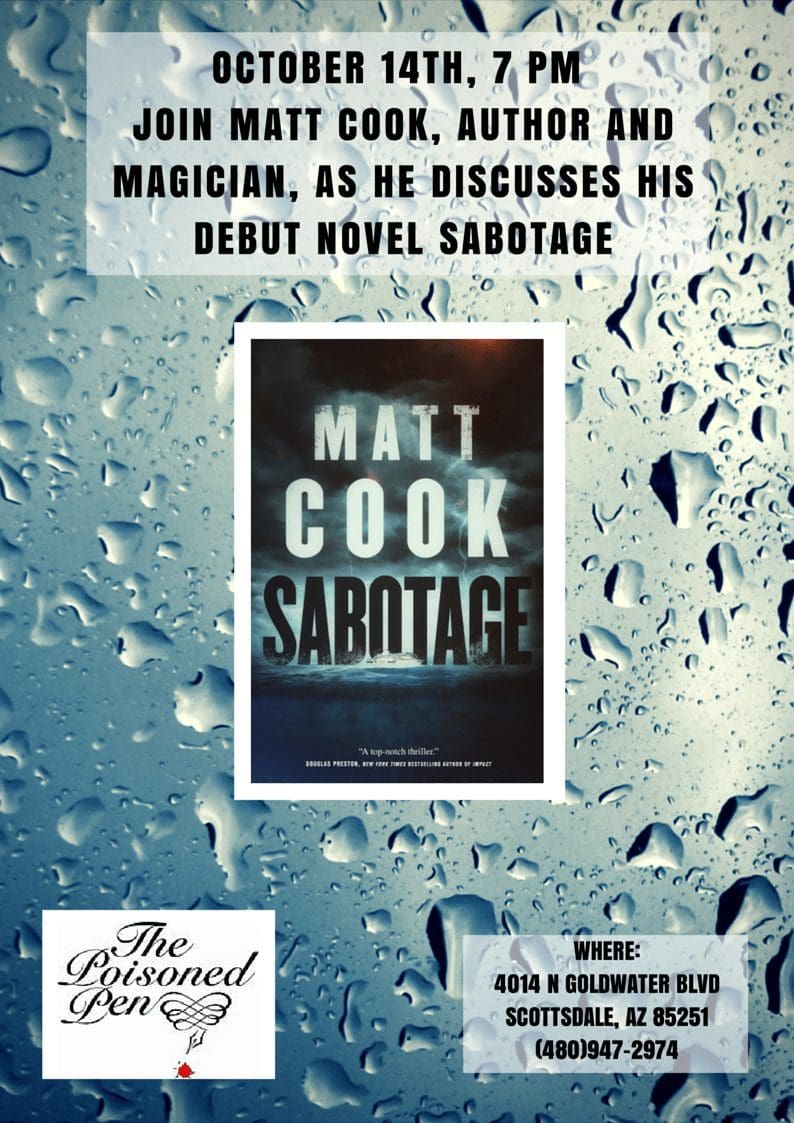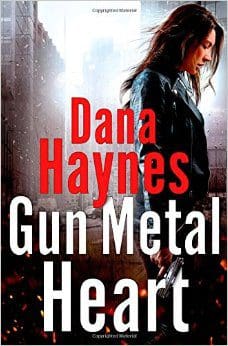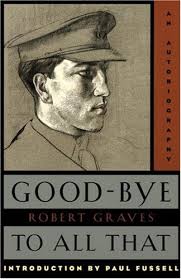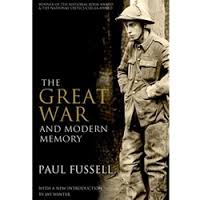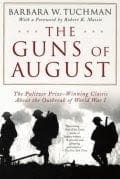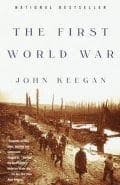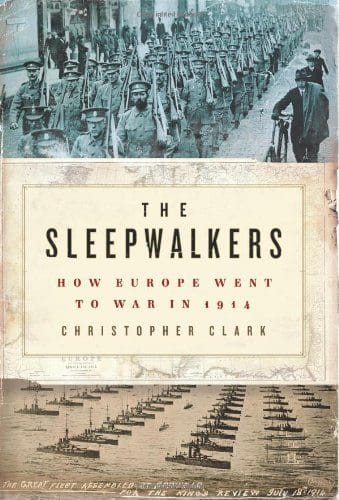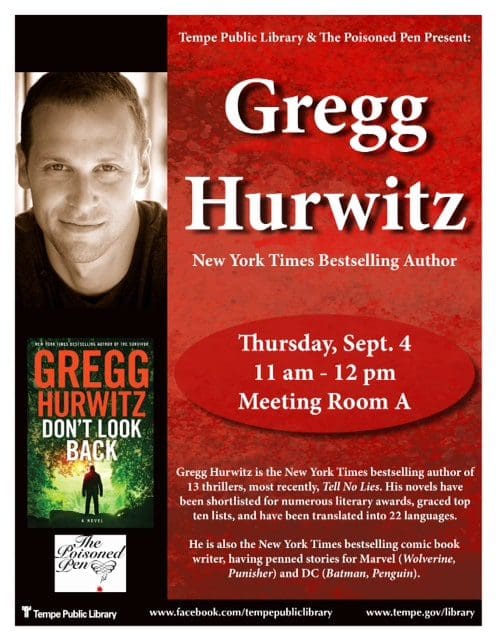 PoisonedBlogger
PoisonedBlogger
THRILLER WRITER DANA HAYNES OFFERS WORKSHOP AT SCOTTSDALE’S POISONED PEN
Dana Haynes, author of four thriller novels from St. Martin’s Press, will offer a workshop and a signing from noon to 2 p.m. Sunday, Sept. 14, at The Poisoned Pen, 4014 N. Goldwater Blvd. No. 101, Scottsdale, AZ. (www.poisonedpen.com)
His latest novel, GUN METAL HEART, has just been released under the Minotaur Books imprint of St. Martin’s Press. (www.dana-haynes.com)
Haynes will offer a workshop titled, “It Ain’t Rocket Surgery — Secrets to Make Novel Writing Easier.” Haynes helps aspiring writers master the shortcuts and tricks of the trade that will help them get from concept to those ellusive words, “The End.”
In GUN METAL HEART, Daria Gibron is a former soldier and spy now working as a freelance operative with a long and deadly history. While hiding in Italy from her various enemies, Daria gets dragged into battle against a Serbian hit squad, a renegade band of ex-CIA agents, and a woman whose skills and background are a match for Daria. The tale rockets from Florence, through the mountains of France, and into the former Yugoslavia, including Sarajevo and Belgrade.
Daria made her debut in Haynes’s 2010 thriller CRASHERS, which focused on a team of airline crash investigators. She also appeared in Haynes’s BREAKING POINT and Daria’s own breakout novel, ICE COLD KILL.
The reviews for GUN METAL HEART have been pouring in since its debut in August:
“Fans of the Brad Thor and Robert Ludlum vein have a new author to enjoy.” — RT Book Review.
“A fine entry in a series that’s espionage at its most fun” — Booklist
“Frenetically fast-paced and fun international thriller. Conspiracies, double crosses and drones — oh my!”– Early Word
“What’s a girl to do? If she’s Daria, she kicks butt. … Daria is an arresting character, like a female, petite Jack Reacher.” — Shelf Awareness
“Daria is … irresistible and lethally dangerous … in Haynes’s most fully realized book to date.” — bookreporter.com
BookNews – September’s Crop of Authors and Books…
In the September 2014 edition of BookNews, you’ll find books for the Kellermans, John Sandford, Kim Harrison, and more…Click here to view the PDF.
Jim Chee as Coyote by Professor Barbara Leavy, Poisoned Pen Press author
As it is probably unnecessary to say to Tony Hillerman readers, he drew heavily on Navajo mythology and was made by the Navajo an honorary member. His use of myths went far beyond drawing on them as background. To invoke a metaphor from the theater, they do not provide a backdrop for his mysteries. Rather, his characters, I would argue, are incarnations of well-known Navajo mythological characters. Joe Leaphorn and Jim Chee, for example, correspond to the Monster Slayer twins he often alludes to in his books. And research into the Monster Slayer mythology (is there a better image of crime investigators?) is to realize they are not twins in the usual sense but older and younger brothers.
Other than the Navajo stories, Hillerman is not an allusive writer, as is Robert Parker, for example, who peppers his mysteries with literary allusions most readers are not likely to pick up. For those who do, the allusions provide additional fun in reading his books. Even Hawk, in the later books, has become a reader and there is an allusion to a particular author he is reading, Simon Shama, a Harvard scholar of history and writer. This reference supplies Hawk with another dimension for those who try to fathom this often unfathomable character.
It is arresting, therefore, to find a particular allusion by Hillerman in one of his early Chee mysteries (sorry I am not taking time now to consult my notes). Before Chee marries Bernadette Manuelito, he has two failed relationships with Anglo or part-Anglo women. One of these as I remember is Janet Peete, whom he takes to see his trailer home. Not for the perhaps usual reason—Hillerman once announced that he received letters for readers asking why he never let Leaphorn or Chee get laid—but just to show her around. On Chee’s shelves are books and one of these is specifically, again a rare allusion to anything but Navajo myth. It is by Paul G. Zolbrod and its title is DINE BAHANE: THE NAVAJO CREATION STORY. It is a very readable collection of stories with very significant notes for those interested in the mythology. Despite its readability, it is a very scholarly work with notes to other historians and scholars who have studied the Navajos and their myths.
One of these notes has to do with the Navajo version of the Coyote tales, Coyote a figure written about widely and told in stories of many tribes. This is what Zolbrod argues, and it is in my reading experience a unique approach to this mythological figure. He says that Coyote is the individualist among Navajo mythological figures. Those of us who have read the Chee books know that he does often march to a different drummer and he oscillates between continuing as a tribal policeman and joining the FBI, as he takes investigative roads that are often at odds with his superiors, later Joe Leaphorn until Leaphorn retires and, like Ruth Rendell’s Inspector Reginald Wexford, works unofficially from the sidelines. Chee certainly is within his culture an individualist and finding his place in that culture although he consistently studies the rituals of his people. It is interesting to note that Hillerman said he invented Chee when, because of a movie contract, he lost for a period of time exclusive rights to Leaphorn. In the later books both Leaphorn and Chee appear.
Did Hillerman intend that some of his readers would pick up his allusion to Zolbrod and his interpretation of Coyote? Or was he intending to suggest a very good book on Navajo mythology to those who wanted to know more about it. He may very well have made the connection to Chee and Coyote but that would be hard for me to prove definitively based on secondary material that exists. And the first Chee novel was published in 1980 and Zolbrod’s book is copyrighted 1987 (University of New Mexico Press). When he decided to create Jim Chee, he did have at hand the figure of the younger Monster Slayer, and Chee is certainly reflected in Coyote. Fine writers have a special creative imagination and while research may be reflected in their work, it would be unusual for a secondary source to shape the essentials of their major characters.
More likely, Hillerman, who must have read many of Zolbrod’s sources, found in the latter’s notes an interpretation of Coyote he had already written into Jim Chee. I have certainly not read all of the books on Navajo myth available, but I have read the major ones, such as that by Gladys Reichard, as well as the works of the many folklorists cited in Zolbrod’s bibliography, who write not only on Navajo myth but the mythology of other peoples and, theoretically, on folklore in general.
Writers Workshop with Dana Haynes on 9-14 at 12PM

Mystery Writing: It Ain’t Rocket Surgery
Mystery writing isn’t some grand art or arcane
science, it’s a craft. Dana Haynes, the author of
four thrillers from St. Martin’s Press and three
mysteries from Bantam Books, will walk you
through some simple steps that will get you
started, help you maintain momentum and get
you to those elusive words,”The End.”
Cost: $30.
Includes a copy of his new book Gun Metal Heart
Selected World War One Non-Fiction in Stock
Selected WW I Non-Fiction in stock
Compiled by Patrick Millikin
Clark, Christopher. The Sleepwalkers: How Europe Went to War in 1914($18.99). Winner of the Los Angeles Times Book Prize (History). The Sleepwalkers: How Europe Went to War in 1914 is historian Christopher Clark’s riveting account of the explosive beginnings of World War I. Drawing on new scholarship, Clark offers a fresh look at World War I, focusing not on the battles and atrocities of the war itself, but on the complex events and relationships that led a group of well-meaning leaders into brutal conflict.
Clark traces the paths to war in a minute-by-minute, action-packed narrative that cuts between the key decision centers in Vienna, Berlin, St. Petersburg, Paris, London, and Belgrade, and examines the decades of history that informed the events of 1914 and details the mutual misunderstandings and unintended signals that drove the crisis forward in a few short weeks. Meticulously researched and masterfully written, Christopher Clark’s The Sleepwalkers is a dramatic and authoritative chronicle of Europe’s descent into a war that tore the world apart.
Clark traces the paths to war in a minute-by-minute, action-packed narrative that cuts between the key decision centers in Vienna, Berlin, St. Petersburg, Paris, London, and Belgrade, and examines the decades of history that informed the events of 1914 and details the mutual misunderstandings and unintended signals that drove the crisis forward in a few short weeks. Meticulously researched and masterfully written, Christopher Clark’s The Sleepwalkers is a dramatic and authoritative chronicle of Europe’s descent into a war that tore the world apart.
Fussell, Paul. The Great War and Modern Memory ($19.95). Winner of both the National Book Award and the National Book Critics Circle Award and named by the Modern Library one of the twentieth century’s 100 Best Non-Fiction Books, Paul Fussell’s The Great War and Modern Memory was universally acclaimed on publication in 1970. Today, Fussell’s landmark study remains as original and gripping as ever: a literate, literary, and unapologetic account of the Great War, the war that changed a generation, ushered in the modern era, and revolutionized how we see the world.
Graves, Robert. Good-Bye to All That ($16.95) In this autobiography, first published in 1929, poet Robert Graves traces the monumental and universal loss of innocence that occurred as a result of the First World War. Written after the war and as he was leaving his birthplace, he thought, forever, Good-Bye to All That bids farewell not only to England and his English family and friends, but also to a way of life. Tracing his upbringing from his solidly middle-class Victorian childhood through his entry into the war at age twenty-one as a patriotic captain in the Royal Welsh Fusiliers, this dramatic, poignant, often wry autobiography goes on to depict the horrors and disillusionment of the Great War, from life in the trenches and the loss of dear friends, to the stupidity of government bureaucracy and the absurdity of English class stratification. Paul Fussell has hailed it as “”the best memoir of the First World War”” and has written the introduction to this new edition
Max Hastings. Catastrophe 1914: Europe Goes to War ($17.95). World War I evokes images of the trenches: grinding, halting battles that sacrificed millions of lives for no territory or visible gain. Yet the first months of the war, from the German invasion of Belgium to the Marne to Ypres, were utterly different, full of advances and retreats, tactical maneuvering, and significant gains and losses.
In Catastrophe 1914, acclaimed military historian Max Hastings re-creates this dramatic year, from the diplomatic crisis to the fighting in Belgium and France on the western front, and Serbia and Galicia to the east, and shows why it was inevitable that this first war among modern industrial nations could not produce a decisive victory. Throughout we encounter high officials and average soldiers, as well as civilians on the home front, giving us a vivid portrait of how a continent became embroiled in a war that would change everything.2
Keegan, John. The First World War ($17.00). The First World War created the modern world. A conflict of unprecedented ferocity, it abruptly ended the relative peace and prosperity of the Victorian era, unleashing such demons of the twentieth century as mechanized warfare and mass death. It also helped to usher in the ideas that have shaped our times–modernism in the arts, new approaches to psychology and medicine, radical thoughts about economics and society–and in so doing shattered the faith in rationalism and liberalism that had prevailed in Europe since the Enlightenment. With The First World War, John Keegan, one of our most eminent military historians, fulfills a lifelong ambition to write the definitive account of the Great War for our generation.
Strachan, Hew. The First World War ($19.00). “This serious, compact survey of the war’s history stands out as the most well-informed, accessible work available.” (Los Angeles Times). Nearly a century has passed since the outbreak of World War I, yet as military historian Hew Strachan argues in this brilliant and authoritative new book, the legacy of the “war to end all wars” is with us still. The First World War was a truly global conflict from the start, with many of the most decisive battles fought in or directly affecting the Balkans, Africa, and the Ottoman Empire. Even more than World War II, the First World War continues to shape the politics and international relations of our world, especially in hot spots like the Middle East and the Balkans.
Strachan has done a masterful job of reexamining the causes, the major campaigns, and the consequences of the First World War, compressing a lifetime of knowledge into a single definitive volume tailored for the general reader. Written in crisp, compelling prose and enlivened with extraordinarily vivid photographs and detailed maps, The First World War re-creates this world-altering conflict both on and off the battlefield—the clash of ideologies between the colonial powers at the center of the war, the social and economic unrest that swept Europe both before and after, the military strategies employed with stunning success and tragic failure in the various theaters of war, the terms of peace and why it didn’t last.
Tuchman, Barbara W. Guns of August ($18.00). In this landmark, Pulitzer Prize”“winning account, renowned historian Barbara W. Tuchman re-creates the first month of World War I: thirty days in the summer of 1914 that determined the course of the conflict, the century, and ultimately our present world. Beginning with the funeral of Edward VII, Tuchman traces each step that led to the inevitable clash. And inevitable it was, with all sides plotting their war for a generation. Dizzyingly comprehensive and spectacularly portrayed with her famous talent for evoking the characters of the war’s key players, Tuchman’s magnum opus is a classic for the ages


